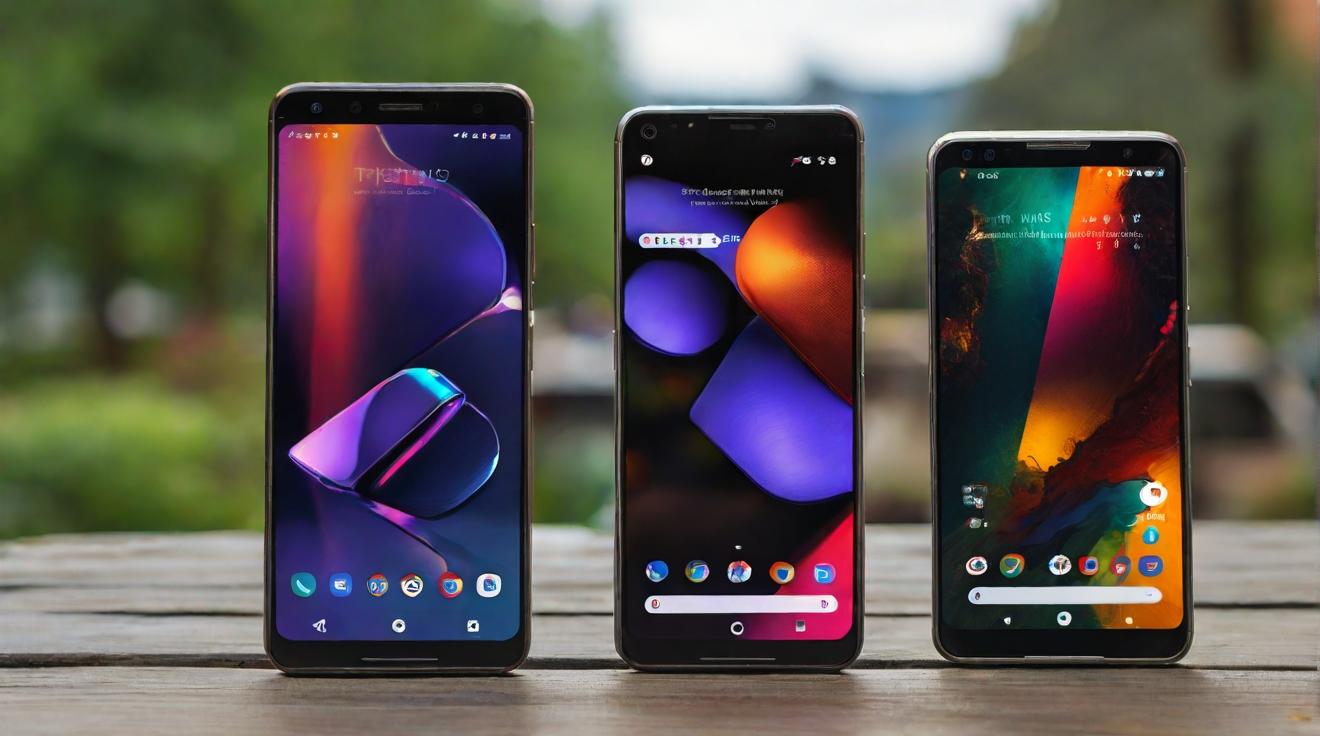Could Android 15 Force Apps to Go Edge-to-Edge by Default?
Smartphones have become larger with increased screen space, allowing for more content to be displayed. However, many app developers have not taken advantage of the edge-to-edge feature offered by Android. With the upcoming release of Android 15, there are suggestions that some apps might be forced to go edge-to-edge by default.
The Current State of Edge-to-Edge Mode
Currently, apps need to implement specific APIs in order to go edge-to-edge. This is because not all apps can accommodate the UI elements behind the navigation bar and status bar, such as interactive buttons. Developers have ways to address these overlaps before enabling edge-to-edge mode for their apps. However, Google has not enforced this behavior for every app, allowing developers to have more control over their app’s UI.
Code Snippets Suggest Changes in Android 15
Code snippets found in the latest Android 14 QPR2 beta indicate that Android 15 might enforce edge-to-edge behavior for apps targeting the new version. Google introduced the App Compatibility Changes settings page in Android 11, allowing developers to toggle system behaviors that could potentially break their apps. The changes applied to a particular app are determined by its target API level. As apps are often updated to target newer API levels each year, it is likely that most apps on the Play Store will target Android 15 soon.
EDGE_TO_EDGE_BY_DEFAULT Compatibility Change
Within the Android 14 QPR2 Beta 3, a compatibility change called EDGE_TO_EDGE_BY_DEFAULT was discovered. This change will make apps go edge-to-edge by default if they target Android 15. The deadline for apps to target Android 15 is expected to be August 31, 2025, assuming Google does not change its policy.
Potential Impact on UI
Enforcing edge-to-edge behavior in Android 15 could significantly impact the UI of apps. In landscape and portrait modes, enabling edge-to-edge mode makes sense for apps with a lot of text. However, forcing it onto existing apps like Gmail and Google Keep resulted in UI elements overlapping with the system bars. It is likely that Google will give developers time to update their apps before enforcing this change to ensure a smooth transition.
Uncertainty and Future Release
At this point, it is unclear if Google will actually enforce the behavior change in Android 15. Google has shown a commitment to improving edge-to-edge support on Android, but it has also postponed behavior changes in the past. Only time will tell if this change will be implemented in the next release of Android.
Conclusion
While the potential for apps to go edge-to-edge by default in Android 15 could optimize screen space and improve user experience, it remains to be seen if Google will indeed enforce this change. Developers will need to adapt their apps accordingly to ensure a seamless transition. As we await the release of Android 15 and its developer preview builds, further investigation will be necessary to confirm if this change will be implemented.
Analyst comment
Neutral news.
As an analyst, if Google enforces the edge-to-edge behavior change in Android 15, it could lead to significant UI changes for apps. Developers will need to update their apps to accommodate this change, resulting in a seamless transition for users. However, it is uncertain if Google will actually enforce this change, as they have postponed behavior changes in the past. Further investigation is needed to confirm the implementation of this change.













